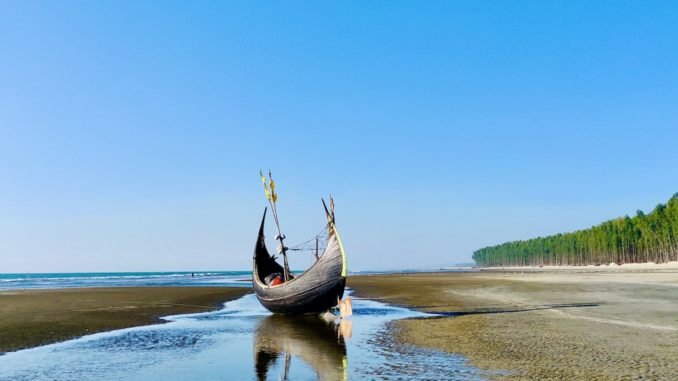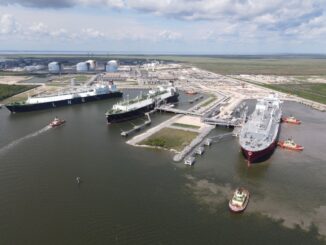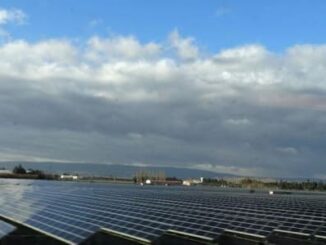
Three very different but small countries in completely opposite parts of the world share the same characteristics – once they had significant gas resources, now it’s mostly gone.
The daily news in the E&P sector is obviously focused on success stories. New finds in the East Med, the first shipment of LNG from Mozambique or another oil discovery in the Guyana Basin. There is less attention to countries where gas production has seen a decline in recent years. Only when this picture is included one sees a more complete overview emerging of how global gas hubs are shifting from one place to another. With the associated geopolitical implications.
Let’s look at three small countries that I recently came across whilst compiling the new issue of the GEO ExPro magazine.
Bangladesh
As Thomas Davis wrote in this article, the country of Bangladesh is seeing a continuous increase in gas demand to predominantly generate electricity. At the same time, production from existing fields is declining rapidly, and exploration is not keeping up at all. Only 22 well were drilled since the year 2000. Even though gas reserves still amounted to around 12 Tcf (340 Bcm) in 2021, with a domestic production of around 2.5 to 3 Tcf a year it is easy to see that the country will not be able to meet its gas needs through domestic production for long. For that reason, the country started importing LNG in 2018. It is no surprise that Bangladesh has faced blackouts in recent months as the global competition for LNG has meant a re-routing to the most cash-rich countries. Unfortunately, Bangladesh is not one of these countries.
Bolivia
Whilst Bangladesh is known for its major deltas in a battle to keep up with sea level rise, the country of Bolivia in the Andes is at the other end of the topographic spectrum. In his Regional Update on South America that will appear in Issue 1 of this year’s magazine, Ian Cross from Moyes & Co describes a situation that sounds familiar to Bangladesh though. “The landlocked has suffered badly with its falling gas production, where gas production has seen a steady decline since 2015. In a few years, Bolivia will turn into a significant importer. A serious push is needed by YPFB in Bolivia to reverse this trend for a country that was once the gas hub for supply to the southern part of South America.” Gas production in Bolivia has declined from around 800 Bcf (22 Bcm) a year in 2015 to 550 Bcf (16 Bcm) a year today.
Netherlands
Back to swampy deltas, the Netherlands is the third small country where gas production has fallen off a cliff in recent years. This is partly because of the forced closure of the giant Groningen field, where around 16 Tcf (450 Bcm) is still remaining, but the natural decline from the many smaller onshore and offshore fields is equally to blame. If Groningen remains closed, which is likely, production from both the offshore and onshore fields will amount to approximately 400 Bcf (11 Bcm) this year, which will only decline further in the years to come. This is a sharp contrast to a 40-year period between 1975 and 2015 where gas production always exceeded 2100 Bcf (60 Bcm) a year.
The picture that emerges from looking at these three totally different countries is one of increasing dependency on import, and an increasingly global gas market where the number of countries being able to export gas is probably coming down at the expense of the number that rely on import. As long as domestic exploration is unable to offset the decline, which is probably the case now, the geopolitical consequences of this trend are obvious.



